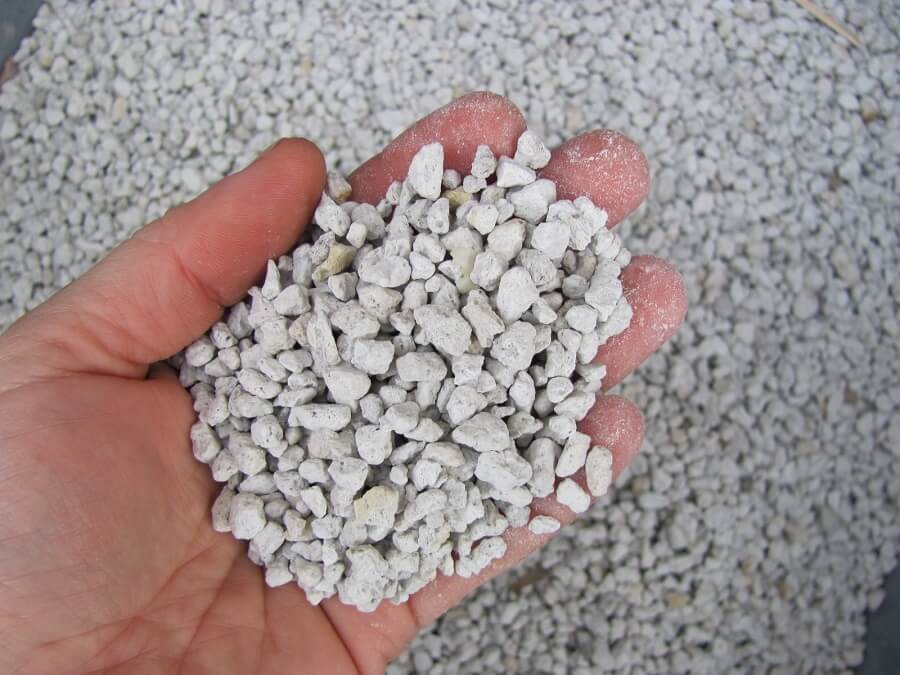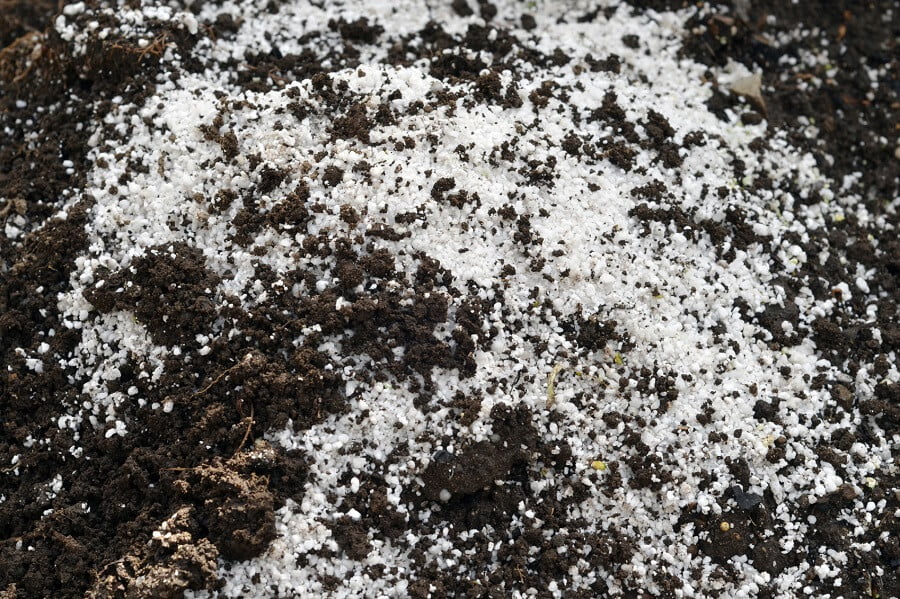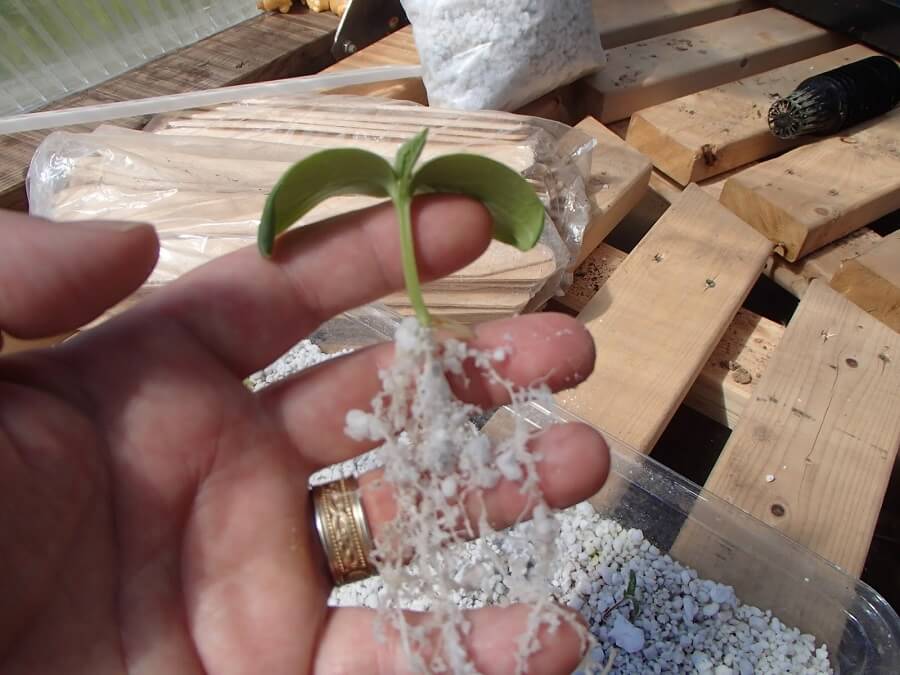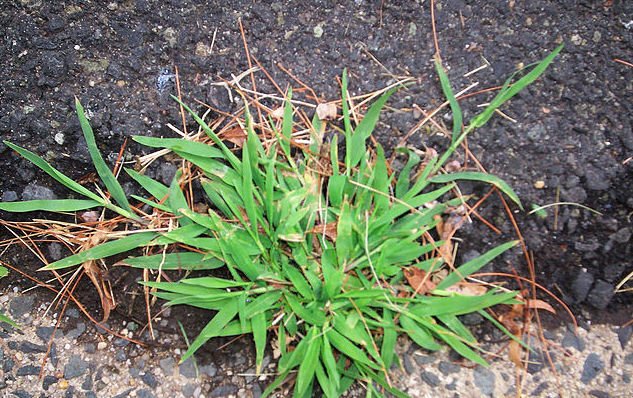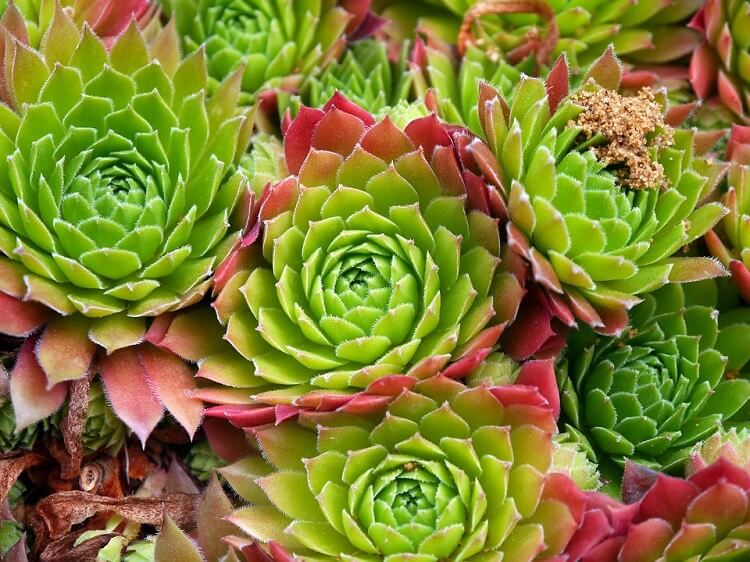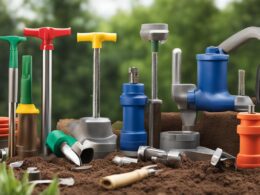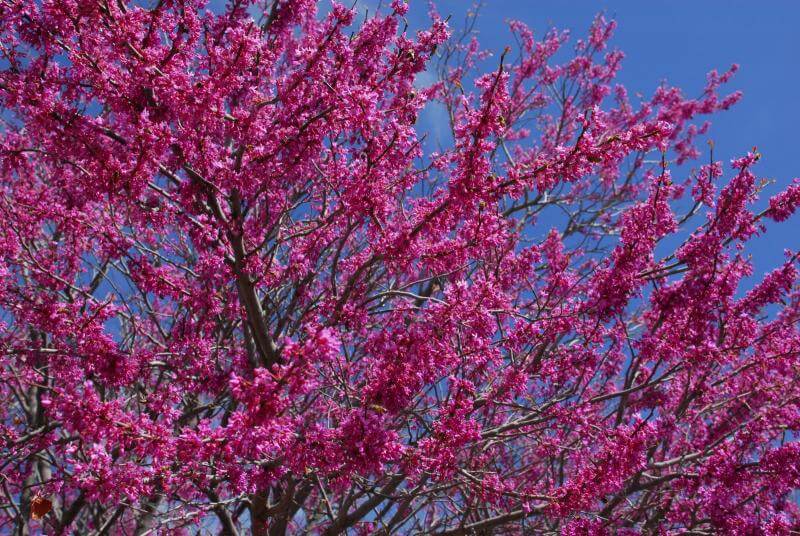Perlite is a volcanic glass with a high water content, that when heated to 1,600 degrees Fahrenheit, expands and becomes extremely lightweight. This glass occurs naturally, but it is used as a commercial product due to its low density. It’s porous and it helps with water retention, which is why many people use it in the garden. Today, we’re going to talk about the main uses for perlite in the garden and how this processed volcanic glass can benefit your plants.
5 Ways to Use Perlite in Your Garden
1. In Potting Soil
One of the main uses of perlite in the garden is in potting soil since it improves water drainage and provides aeration. Whether you’re planting seeds or seedlings, the best kind of perlite for the job is the medium grade one. You have two options when it comes to using perlite for potted plants. The first one is to use it over a potting mix and the second one is using perlite by itself.
When using it over a potting mix, you’re providing an extra layer of protection to the seeds. If you’re thinking the seedlings will have a hard time pushing through the layer of perlite, you don’t have to worry about that. Since it’s so lightweight, it doesn’t create a barrier for your plants. We suggest a mix made up of one part perlite, one part peat moss, and one part loam.
When using just perlite to plant seeds or seedlings, you’re going to get the same results as when using peat mixes. This material provides a healthy environment for your plants, which will help their roots develop properly. Since it also holds moisture, as well as allowing water and air to circulate freely, it’s a great potting mix by itself. The only thing you must remember is that it’s not nutritious. This means you’re going to have to add fertilizer as soon as you notice leaves starting to develop.
2. For Opening Up Airways
If the soil in your garden is too heavy, prohibiting you from growing the plants you want, you should consider adding perlite to it. You don’t need to use a lot of it. Just sprinkle some over the soil before you plant your seeds. Then, add water on top of it and work it into the top 4 to 6 inches of soil. Due to its ability to encourage air circulation, this material will open up airways in the soil, taking away some of its heaviness.
3. For Rooting Cuttings
We’ve already mentioned that the nature of perlite makes it extremely helpful for the roots of the plants. As such, it’s perfect for rooting cuttings. Instead of growing cuttings in water, grow them in perlite to ensure much sturdier roots.
What you need for this project is a Ziploc bag, some moistened perlite, and the cuttings. Fill one-third of the bag with perlite and then arrange the ends of the cuttings into it, making sure they’re placed up to the node. The rest of the bag should be filled with air and then sealed. After you’re done with this process, the best spot to place the bag in is one where it can get indirect sunlight. In about three weeks, you should see roots start to form. When the roots reach a length of a half an inch (up to an inch), feel free to plant them in the garden.
4. In Soil Conditioning
Do you want to make sure your vegetable or flower garden is 100 percent suitable for plant growing? Then you should condition it with some perlite. With a fork or a rototiller, you’re going to cultivate the material, mixing it with the soil at a depth of in between 6 and 12 inches. You can choose to create a mixture of perlite and peat moss in equal quantities, or you can eliminate the peat moss entirely if you already have enough organic material in your garden.
5. In Lawn Renovation
The last important use of perlite in the garden is for lawn renovation. Whenever you want to prepare your lawn for seeding, or renovate an already established lawn, this should be your go-to material. The first thing you have to do is spike or plug the area. Then, spread perlite over it and work it into the plugholes or spikes with a rake. This will make it easier for it to reach the roots of the grass and provide them with better drainage and aeration.
7 Benefits of Using Perlite in Your Garden
1. It Helps with Lack of Oxygen
If you’re facing the issue of lack of oxygen in your garden, perlite can really help you turn things around. It has a coarse texture and it holds air extremely well. This makes it perfect for systems that have oxygen issues. If the roots of your plants grow lacking oxygen, this leads to anaerobic conditions. In turn, this can lead to anaerobic bacteria, which would decompose the roots of your plants. This is why these conditions must be avoided at all costs by providing the water surrounding the roots of the plants with enough oxygen. Perlite helps avoid soil compaction and build-up due to its many air pockets.
2. It Has a Neutral pH
Something that perlite has and other growing media don’t is a neutral pH. What this means is that you won’t have to think of ways of correcting it, such as buffering or rinsing, just to get it to the right pH. Whenever you add it to the soil, you must pour water over it. The perlite will take the pH of the water, be it acid or alkaline.
3. Price
If you were worried about the cost of using perlite in your garden, you shouldn’t be. This volcanic glass is quite inexpensive. Unlike other growing media that have a neutral pH, this one won’t cost you that much. For instance, something like hydroton costs twice as much as perlite. Not to mention the fact that no matter what you want to use it for, you won’t be using that much of it. This makes it a cost-effective solution.
4. Can You Reuse Perlite?
Another great benefit of using perlite in your garden is that you can reuse it instead of throwing it away after just one use. The only time when you shouldn’t reuse it is when the plants you previously used it for had a disease. You could sterilize it, of course, but it would be better not to risk it. Sterilizing it is not at all difficult, and it helps you use it more than once. In order to make sure the material is ready for a second use, use heat or bleach for sterilization purposes.
5. Perlite vs Pests
One of the main concerns of any gardener is how to keep his or her plants safe from pests. You’ll be happy to hear that perlite, by being sterile and inert, can be used without fearing pests. Unlike soil, it doesn’t attract pests. In fact, most insects can’t stand it. This ensures they won’t get close to your plants if you use it as a growing medium.
6. It Keeps the Plants Healthy
Overall, perlite ensures healthier plants, due to more than one quality. First of all, when used as a growing medium, it helps strengthen the roots of the plants. This helps with a healthy development. Second of all, perlite also insulates the plants and their roots. This means that whenever there are sudden temperature changes that might hurt them, this material helps keep them safe and healthy.
7. Water Retention and Drainage
Not only does perlite help your plants get enough oxygen, but it also helps them get enough water. Due to its consistency, it retains water extremely well. This means you won’t have to water your plants as often, which is always a great added benefit. Moreover, it also helps with water drainage, ensuring the soil won’t become too compact and soggy and preventing the roots of your plants from rotting.
Summing It All Up
Perlite is a must-have for any gardener who wants to make sure they provide their plants with the very best growing conditions. We hope today’s guide managed to convince you of the many uses and benefits of perlite in the garden, as well as encourage you to try using it for healthier and more beautiful plants.
If you’re concerned about how using perlite might damage the environment, we should mention that it’s very unlikely that your use of this volcanic glass will be dangerous for the environment. Even though perlite is non-renewable, we have an extensive supply of it, which is thought to last for hundreds of years. Moreover, since you can always recycle perlite and use it again and again, you won’t have to buy that much of it. Overall, the benefits of this material for your plants, coupled with its affordability, make perlite one of the most desirable materials to use for gardening purposes.
If you’re interested in perlite for sale, you can find plenty of it online. We recommend the Espoma Organic Perlite you can order here.
Last update on 2024-04-18 at 14:19 / Affiliate links / Images from Amazon Product Advertising API





